How Jacob Lawrence’s paintings inspire shows for the stage
Step Afrika! and the Phillips Collection are bringing back works inspired by his famed “Migration Series.”
By Kriston Capps for The Washington Post, Published May 29, 2024 at 5:00 a.m. EDT
“She said the one word I didn’t expect, which was ‘sure,’” he says.
Williams and Jakari Sherman, artistic director for Step Afrika! at the time, dove deep into the works of Jacob Lawrence, the mid-century painter and chronicler of the Great Migration. Half of the “Migration Series” — a wrenching sequence of 60 paintings by Lawrence on the mass movement of millions of African Americans from the South to the North beginning in the early 1900s — can be found at the Phillips Collection. New York’s Museum of Modern Art owns the other 30 works: all the even-numbered panels.
The resulting performance, first staged by Step Afrika! in 2011, was “The Migration: Reflections on Jacob Lawrence,” an electric adaptation of the major themes of Lawrence’s epic series, directed and largely choreographed by Sherman. The explosive piece quickly emerged as Step Afrika!’s signature production, and now — for the company’s 30th anniversary — it’s bringing “The Migration” back to D.C. audiences at Arena Stage starting June 7, with Sherman once again directing.
Translating narrative history and modernist painting into choreography and percussion changed Step Afrika!, according to Williams, elevating the group from an authority on the folkloric dance form to a company testing the boundaries of what step can do onstage.
“‘The Migration’ asked us to play roles that we weren’t really used to doing,” Williams says.
Lawrence can have that effect on a production. Over the years, the painter has inspired a number of works in dance and theater. Lawrence’s angular compositions and moody palette have proved to be vital touchstones for artists working in other genres. At the time Lawrence made the “Migration Series,” in 1940-1941, the Great Migration was not widely understood as a phenomenon; his historical sweep has pushed these newer artists to go big.
Back in 2007, for example, the Dayton Contemporary Dance Company in Dayton, Ohio, mounted a major ballet based on the painter’s work. A full-length program comprising four parts, “Color-ography, n. The Dances of Jacob Lawrence” saw the primarily Black dance troupe evoke his paintings through modern, contemporary and hip-hop dance.
Kevin Ward, the former artistic director of the Dayton troupe, says the company was inspired by discussions with colleagues at the University of Washington, where Lawrence taught painting in the 1970s. Ward asked three revered choreographers — Donald Byrd, Rennie Harris and Reggie Wilson — to contribute pieces. Ward also choreographed one of his own, a double duet based on Lawrence’s “Dreams No. 1.”
With costumes designed by Omotayo “Wunmi” Olaiya and visual imagery projected onto the stage, the production was a sizable investment for the company. It paid off: “Color-ography” traveled to 22 cities, from Portland, Ore., to Clearwater, Fla. Dayton Contemporary Dance Company still performs selections from “Color-ography,” as recently as last year. “The company was branching out in ways that were challenging for the company at the time,” Ward says.
Other artists have found ways to use Lawrence’s work to tell contemporary stories about migration and disruption. In 2016, for the 75th anniversary of the “Migration Series” — for which all 60 panels were temporarily reunited — the Phillips Collection commissioned five playwrights to write 10-minute theatrical works based on Lawrence’s paintings, which were performed at the museum.
One of the playwrights, Jacqueline E. Lawton, wrote a piece weaving the story of a Black character searching for a home for his mother in Detroit with that of a Syrian refugee trying to find her footing in the United States. Lawton drew on “Migration Series” works such as Panel 57 to show how the experience of migrants applying their skills in unfamiliar settings compares with today. She says that Lawrence was a formal influence as well: Ten minutes is a tight limit for a theatrical piece, and she sought to pack in as much nuance as Lawrence did in his cubist compositions.
“It’s a flat surface, but it’s deeply dimensional,” Lawton says.
This readings series was the first-ever commission for the Phillips Collection, according to the museum’s theater consultant, Ann Greer. Since then, the museum has also commissioned a one-act play based on the life and works of painter Alma Thomas. And to help celebrate its friends at Step Afrika!, the museum is restaging the readings by Lawton and the other playwrights (Norman Allen, Tearrance Arvelle Chisholm, Annalisa Dias and Laura Shamas) on June 13.
Step Afrika! is pushing its model as well. This time, the company had the entire suite of panels to draw on for onstage visuals, MoMA’s even-numbered panels included. Original costume designer Kenaan Quander and set designer Harlan Penn now have the backing of the production crew at Arena Stage. Dance companies might normally schedule a handful of shows over one or two weekends; for “The Migration,” Step Afrika! is staging 43 shows over six weeks.
Williams describes “The Migration” as a multidisciplinary experience along a “broad spectrum” of visual and performing arts. He fully expects the Step Afrika! audience will be inspired to visit the paintings at the Phillips Collection and vice versa.
“You get to come see how dancers interpret that, how we are inspired by what we have seen by his work, and how we bring those characters to life through our medium, which is the body,” Williams says.”



